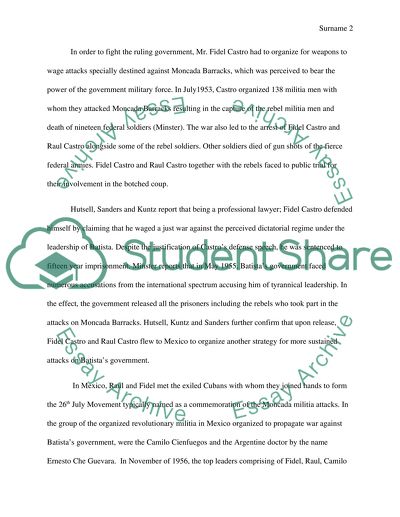Cite this document
(“The Cuban Revolutionary War Research Paper Example | Topics and Well Written Essays - 1250 words”, n.d.)
Retrieved from https://studentshare.org/history/1439439-the-cuban-ravolution
Retrieved from https://studentshare.org/history/1439439-the-cuban-ravolution
(The Cuban Revolutionary War Research Paper Example | Topics and Well Written Essays - 1250 Words)
https://studentshare.org/history/1439439-the-cuban-ravolution.
https://studentshare.org/history/1439439-the-cuban-ravolution.
“The Cuban Revolutionary War Research Paper Example | Topics and Well Written Essays - 1250 Words”, n.d. https://studentshare.org/history/1439439-the-cuban-ravolution.


